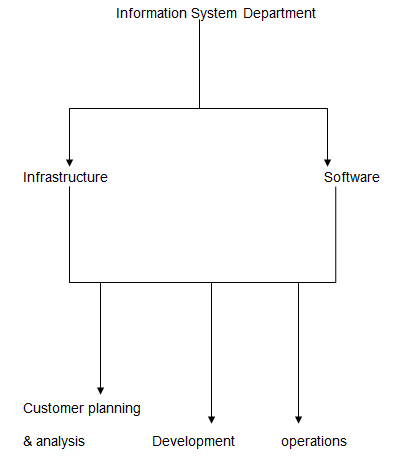Have you ever wondered how does Walmart use information systems? You can learn about it right here!
Introduction
Wal-Mart Company, which was opened by Sam Walton in 1962, is among the largest retail stores in the world. Walton opened it to sell products at reduced prices, allowing customers to save money and use it to improve their lives. The company was therefore started as a small discount store.
Wal-Mart was committed to satisfying the needs of its customers by serving them in a friendly manner and offering them low prices. Until today, the company has maintained its initial commitment to serve its customers.
The company’s shares started trading on the New York Stock Exchange in 1972 (McKeefery 3). Currently, Wal-Mart has more than 9600 retail outlets that are spread in different countries and a total of 2.1 million workers. Most of them are based in the United States.
General Explanation of Wal-Mart’s Business Process
Wal-Mart has limited competitors because it has been able to establish a big business empire. It operates about 700 discount stores in the United States and 2900 supercenters, which stock groceries. In addition, it has smaller format stores that have been growing fast. The company has stores that perform well in Canada and Mexico and runs its activities in several Asian countries (Organizational Structure 6).
How does Walmart use Information Systems?
Wal-Mart is among the business organizations that have been able to implement information systems successfully. The company’s information systems aim at centralizing its operations to develop common practices that can be applied in its stores around the world.
All business activities carried out by Wal-Mart use technology. For instance, technology is applied to keep records of inventories from suppliers and maintain a good relationship with customers, which attracts and retains them.
The application of information systems has benefited Wal-Mart since it has enabled the company to maintain its status as a leader in the market. One of the most important information systems that Wal-Mart applies is the bar code system. The company is among organizations that successfully organize data gathered from different places into meaningful information.
The data, which are gathered from bar codes, are used to monitor sales. Wal-Mart has access to information on product sales, such as the type of products purchased and their prices. This is combined with advanced telecommunications to facilitate the transfer of information between different branches and the centralized system. This enables Wal-Mart to sustain a real-time database with adequate company transaction data.
Radiofrequency identification, commonly referred to as RFID, is another information system that is used by Wal-Mart. This is a technology that uses small tags, which contain microchips with data on particular items. The technology transmits radio signals along short distances. The signals are received by RFID readers, which pass the data to computers for processing.
RFID tags are easy to work with. Hence the company can access information used to identify different products (Wal-Mart stores Inc 5). This type of information system enables Wal-Mart to increase its effectiveness in terms of inventory control and management of supply chains. The company can track its products along supply chains (Laudon & Jane 45).
Wal-Mart is also credited with the introduction of self-check-out lanes. Since the company serves many customers simultaneously, they are sometimes forced to queue for many hours. This information system makes it easy for customers to move in and out of the company’s premises without difficulties.

Walmart Information Systems Strategy – Process Improvement
Information systems would bring numerous benefits to Wal-Mart since advancements in technology have compelled companies to embrace the concept to serve their customers better. Information systems would enable Wal-Mart to reduce costs and increase profits. For instance, RFID would enable the company to monitor its supply chains (Wailgum 5).
This would eliminate possible losses that occur due to a lack of proper tracking of different processes. Information systems would also ensure that customers and the company’s employees do not waste much time.
For instance, self-check-out lanes would facilitate the entry and exit of customers into the company’s premises. Without this system, customers would be required to queue for many hours. However, this problem would be solved through the use of information systems.
Suggestion for Improvement
Wal-Mart should take several measures in order to improve service delivery. The first thing that the company should do is redefine the RFID mandate by restricting it to products that do not have high amounts of liquid and metal. This would give vendors and suppliers enough time to confirm the reliability of tags for all products.
The company should use its powerful nature to develop a buying consortium. Wal-Mart should also endeavor to ensure that its customers are aware of the different information systems that the company uses. This would ensure that its investment in information systems is utilized accordingly.
Works Cited
Laudon, Kenneth, & L. Jane. Managing information systems-managing the digital firm. Upper Saddle River, NJ: Pearson Prentice Hall, 2010. Print.
McKeefery, Kevin. Wal-Mart restructures to boost e-commerce. 2010. Web.
Organizational structure 2011. Web.
Wailgum, Thomas. 45 years of Wal-Mart history: a technology time line. 2007. Web.
Wal-Mart stores Inc. 2011. Web.